The ballet’s first position is where the feet of the dancer is turned at 90 degrees from the hip. They have their heels together, and their feet straight out, with their toes toeing out. They take years to learn how to move their legs in this position without straining their muscles. Although your child won’t have to toe so far, it may still make you wonder if they’ll ever be able to walk straight ahead with their toes.
Babies and Toddlers Out-Toeing Is Very Common
In the early months of your baby’s life, it is quite common for their feet to be pointed out. They are still developing their bones and spend a lot of time lying on their backs, with their legs extended outward.
Their feet can point in many directions even after they have started to lift themselves off the furniture and start taking their first steps. When they start walking, it is not uncommon to see both in and out-toeing. As their legs strengthen and bones ossify, many will be able to overcome this problem. Your pediatrician can discuss your concerns, but this is not a reason to be concerned.
Why Young Children Should Toe Out
There are many reasons why your 2- or 3-year-old child might have his feet turn outwards when walking. You may notice that your child’s feet are twisted or that the shin is pointing out that it is. Rotation can also happen in the thigh.
Your child’s out-toeing should be normal and will not cause any problems. It is important to monitor your child’s growth. In extreme cases of femoral Retroversion, where the problem is in the hip, it’s best to have it checked out by foot specialists.
What Your School-age Child Needs to Know
External tibial twisting is a condition where your child’s shin bones can become out of alignment as they grow. This happens between ages 4 and 7. This can occur on one side, usually the right. This can lead to the foot pointing out more on one side. It is worth paying closer attention to this, even though it could still correct itself over time.
If the foot is still turning out after 10 years, or if it causes pain or limitations in movement, you should consult us. Although surgical correction may not always be effective, it is possible. If necessary, we will talk with you about your options and guide you through the process.
